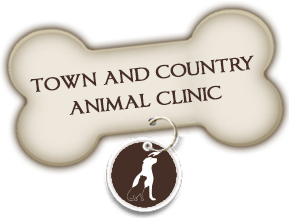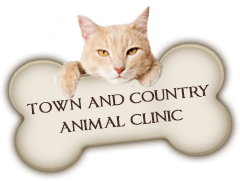
What Is Making My Pet So Itchy
There are many reasons that may cause your pet to become itchy. The following are signs and symptoms you can monitor to help determine why your pet may be itching. These may be questions asked by your veterinary staff in order to establish a complete history on your pet. Feel free to print this blog as a reference for your next examination. 1. Presenting Symptoms: please check any that apply. ___ Hair loss ___ Odour/Smell … Read More





